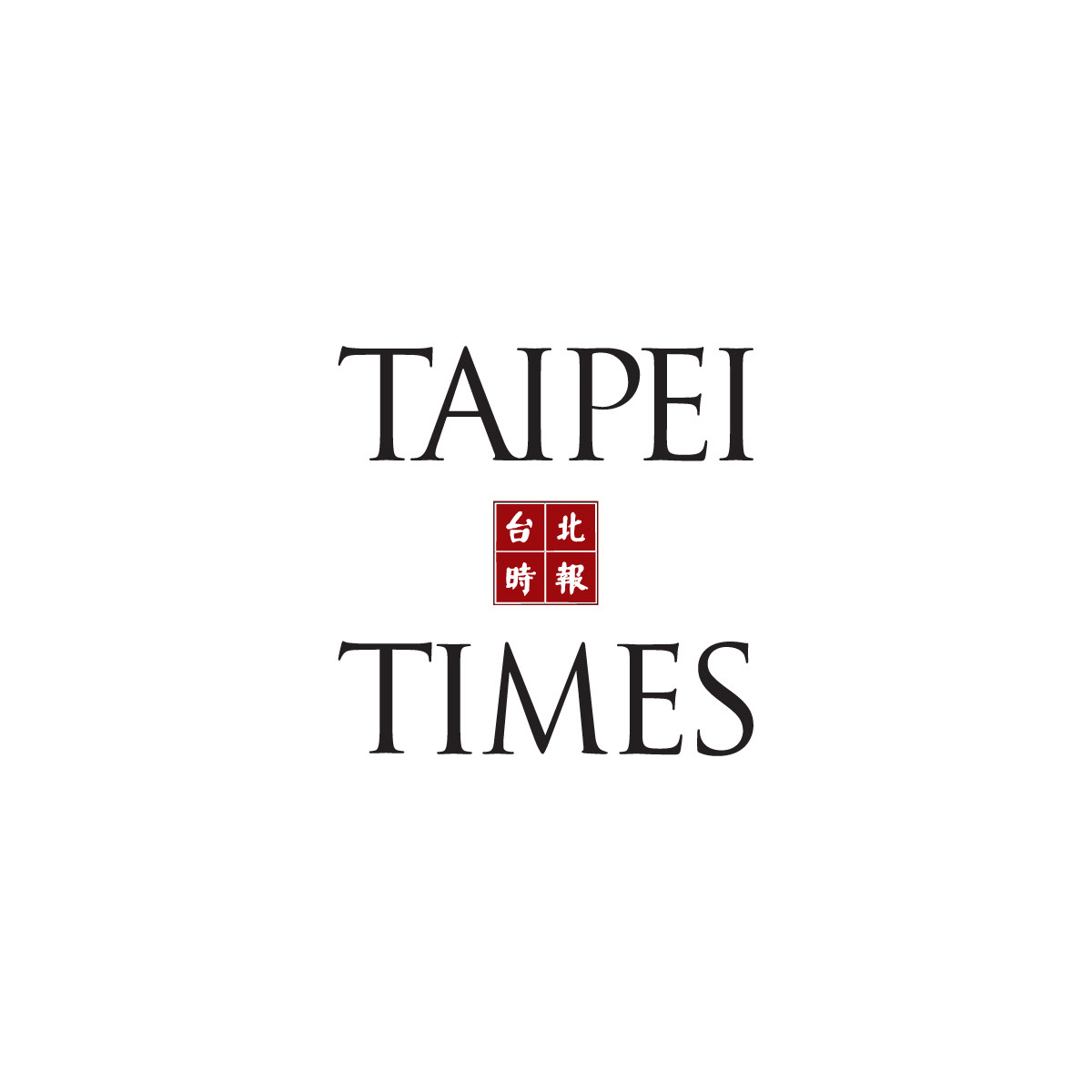By Joseph Yeh, CNA staff reporter
Taiwan has made significant strides in tackling gender discrimination in its diplomatic sphere, thanks to Ministry of Foreign Affairs (MOFA) initiatives, but challenges, particularly the need for a shift in mindset among senior male diplomats, persist.
More women (56 percent) than men (44 percent) have been hired as diplomats by MOFA in the past two years. Additionally, the number of female chiefs within the ministry far exceeds the number of men, at around 64 percent to 36 percent.
This trend is a stark departure from the landscape just a few decades ago.
Taiwan began to allow female applicants to participate in national diplomacy exams in 1965, but an annual 12 percent cap on women recruits was in place, meaning only 51 became career diplomats in the nearly three decades before the rule was scrapped in 1996.
Globally, women are still underrepresented in diplomacy, according to a United Nations report. From 1992 to 2019, just 13 percent of negotiators, 6 percent of mediators, and 6 percent of signatories in peace processes across 195 countries were women, the report showed.
Furthermore, only around 25 percent of ambassadors in the European Union and the G20 — made up of the world’s largest economies — are women.
Although the gender ratio of diplomats in Taiwan is 53.1 percent male to 46.9 percent female, 82 percent (91 out of 110) of overseas missions are headed by male diplomats, showing that the vast majority of the top jobs continue to be dominated by men.
Of those top male envoys, 53 passed the diplomatic exam before 1996, when it was significantly harder for their female colleagues to make the cut.
In recent years, there has been a noticeable improvement, boosted by other measures aiming to create a more inclusive work environment.
Among them is a program launched by MOFA in 2005 that assigns married couples to the same representative office or embassy overseas.
This marks a shift from past practices, for example how the ministry used to discourage married couples from serving in the same location to prevent potential conflicts of interest.
The 2005 policy was designed to address the scenario of female diplomats being forced to take leave or resign due to needing to relocate abroad with their spouses, according to MOFA.
This is particularly relevant given the disproportionate responsibility traditionally placed on women for caring for younger children, the ministry noted.
“This more family-friendly and humane policy has made it possible for diplomats to achieve a healthier work-life balance,” a mid-level MOFA official, who wished to remain anonymous, said.
MOFA data shows that since the policy was launched, a total of 18 married couples were employed in the same overseas office, as of late 2022.
However, despite MOFA implementing various gender reforms, challenging deeply ingrained beliefs and prejudices remains the most formidable task.
Taking the cap on admission for prospective female diplomats as an example, when it was scrapped in 1996, MOFA emphasized the policy had not been motivated by sexism or gender discrimination.
In a MOFA statement released at that time, the ministry explained the annual cap on women recruits had been in place because of the “unique nature of diplomatic work” and the challenges and disadvantages that women may face in diplomatic roles, particularly in countries more hostile to them.
Persistent outdated mindsets that are particularly hostile to women working in the service who are aspiring to be, or who are already mothers, persist among senior and high-level diplomats, according to several sources.
A 38-year-old diplomat who preferred to stay anonymous told CNA that the long working hours and huge burden that comes with the job create a work environment that is “extremely unfriendly” towards pregnant diplomats.
“What is even worse is that the MOFA work environment discourages pregnant women from taking maternity leave,” she said.
This might explain why even though about half of all diplomats posted overseas are women, nearly 50 percent of them are single, whereas more than 80 percent of their male counterparts are married, according to MOFA data.
An unnamed male diplomat, who previously served on MOFA’s Gender Equality Committee, empathized with the challenges faced by his female colleagues as they juggled professional responsibilities and caregiving duties.
Female diplomats often have to work extra hard and sacrifice more than their male counterparts to achieve professional success and receive recognition from senior diplomats who are predominantly men, he said.
Ultimately, an overhaul of the “bureaucratic mindset” held by those at higher levels is needed to fundamentally change the culture at MOFA, the official said.
Senior diplomats, who are more likely to hold antiquated and biased notions of gender require more education than the younger generation, he said, adding this is crucial to foster a more gender-equitable workforce within the ministry.
Enditem/AW/Kb



